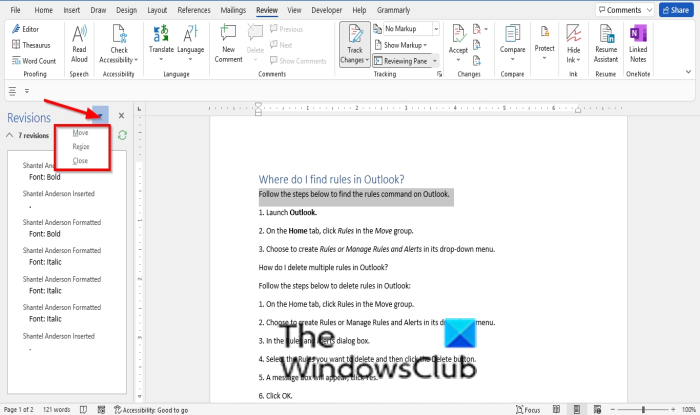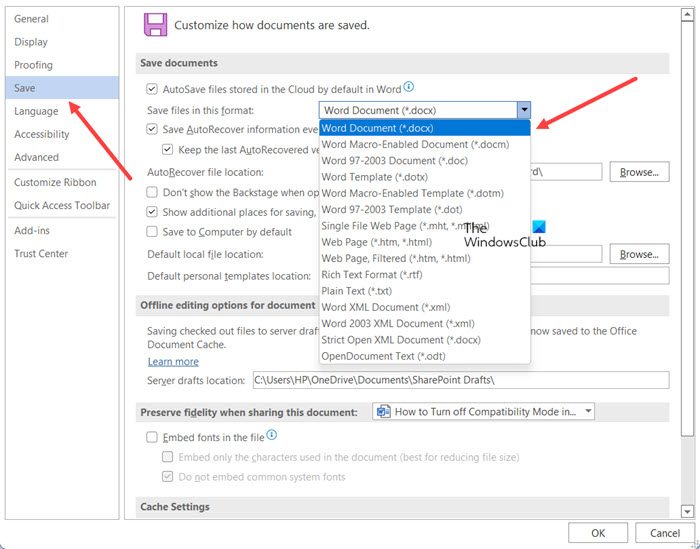
- TURN ON ACCESSIBILITY IN WORD HOW TO
- TURN ON ACCESSIBILITY IN WORD WINDOWS 8
- TURN ON ACCESSIBILITY IN WORD WINDOWS
Use a screen reader to explore and navigate Word. Get started using accessibility features in Word.
TURN ON ACCESSIBILITY IN WORD HOW TO
For a related topic, take a look at how to add or remove AutoCorrect entries in Word. To find information on how to create Word documents that are accessible to people with disabilities, see Make your Word documents accessible to people with disabilities. Hopefully, the text predictions feature in Microsoft Word is something that you’ll find useful. If it’s not on the list, you’ll need to wait a bit longer for its arrival. If you see it, make sure that it’s checked so that it displays in your status bar. Then, look for “Text Predictions” in the list.
TURN ON ACCESSIBILITY IN WORD WINDOWS
If you believe that you should have the feature in the desktop version of Word on Windows but don’t see the button, right-click the status bar. Just keep checking back and look for that Text Predictions button in your status bar. But we’ll show you how to confirm that the feature is turned on as well as how to turn it off if you prefer. Optional: In your Google Account, visit Accessibility settings. In the Tools menu, select Accessibility settings. The first time you use the Docs editors with a screen reader, you need to turn on Docs screen reader support: Go to Google Docs and open a document. Like many new features in Microsoft Word, text predictions are enabled by default. Step 1: Turn on Docs screen reader support. This prompt reminds them to run Accessibility Checker before sending an email to you and fix any issues that might make the content difficult for people with disabilities to consume. As with many new features, you may not see this one right away. Enable Text Predictions in Microsoft Word. A MailTip in Outlook on the web to inform coworkers of your preference for accessible content. Feature AvailabilityĪt the time of writing, text predictions are available in Word for Microsoft 365 and Word for the web. You can learn more at the Accessibility in Windows 10.

You can also hit Escape to ignore the suggestion. Go to Settings > Ease of Access to turn on features like Narrator, Magnifier, High Contrast. If you do not want to use the predicted text, just keep typing the words you want. If you want to accept the suggestion, press either the Tab key or the right arrow key. As you begin using the feature, you’ll also see a Tab key indicator display next to the predictive text. This can be a single word or even a phrase. As you type, you’ll see dimmed suggested text display. Text predictions couldn’t be simpler to use.

Then, toggle on the “Suggest Words or Phrases as I Type” option to use the feature. Click “Text Predictions” in the status bar. The accessibility checker will suggest for how to fix the problem you’ve selected.Ī Microsoft video demonstrates the accessibility checker in Word for Windows.Use the same action to enable or disable text predictions in Word for the web. One such feature is Narrator, which reads aloud various activities on the screen.
TURN ON ACCESSIBILITY IN WORD WINDOWS 8
Click an issue to highlight it in your document. Microsoft’s Windows 8 operating system includes a number of accessibility features. You can use the steps below to turn on these features to see if they are right for you. Below are the basic steps for implementing these core accessibility principles. However, in order for Word documents to be fully accessible, authors must follow the core principles outlined in the Overview of Accessible Documents.

But it can’t tell if an image has inaccurate or badly-written alternative text. The checker will tell you if an image has no alternative text. So you will also have to check headings yourself. If your headings are text made big and bold, not real headings, the accessibility checker won’t see a problem. But it will help you find and fix a lot of things. Microsoft Word’s built-in accessibility checker won’t catch everything.


 0 kommentar(er)
0 kommentar(er)
